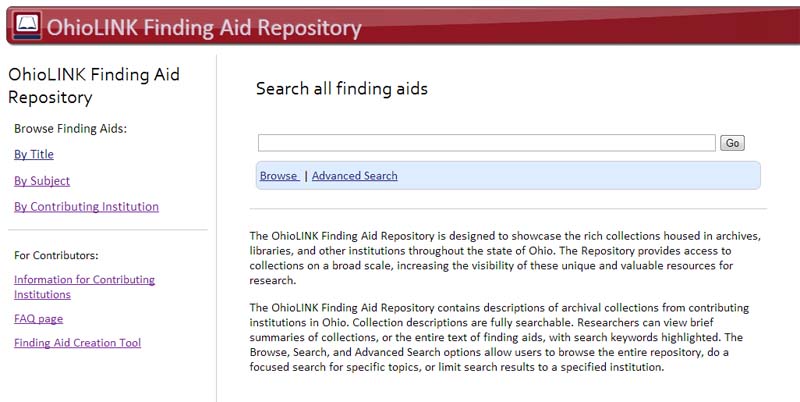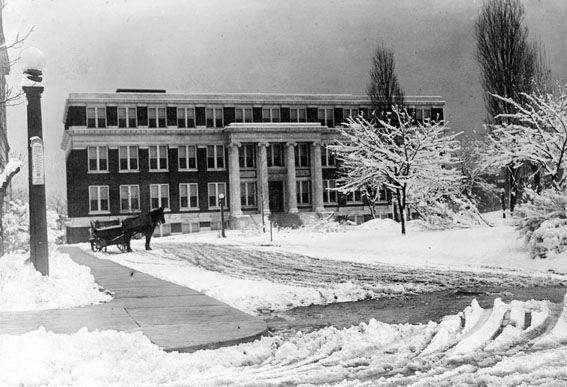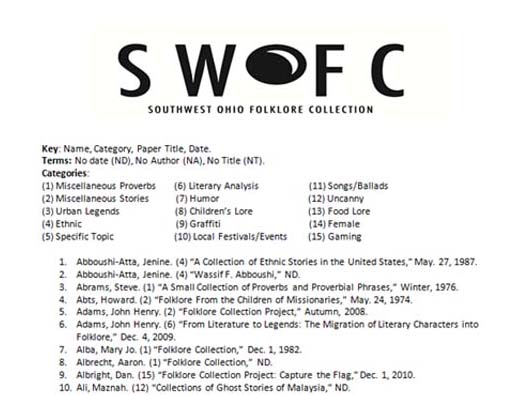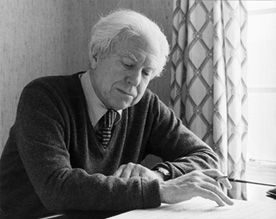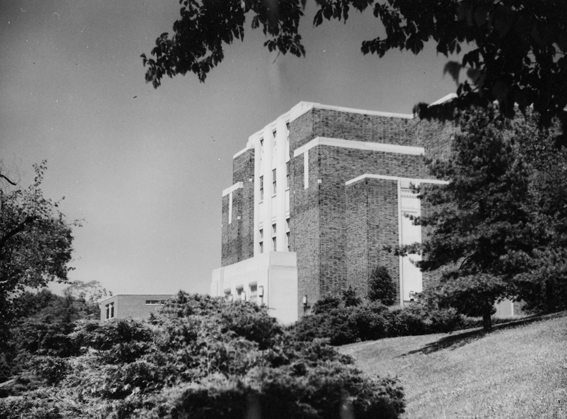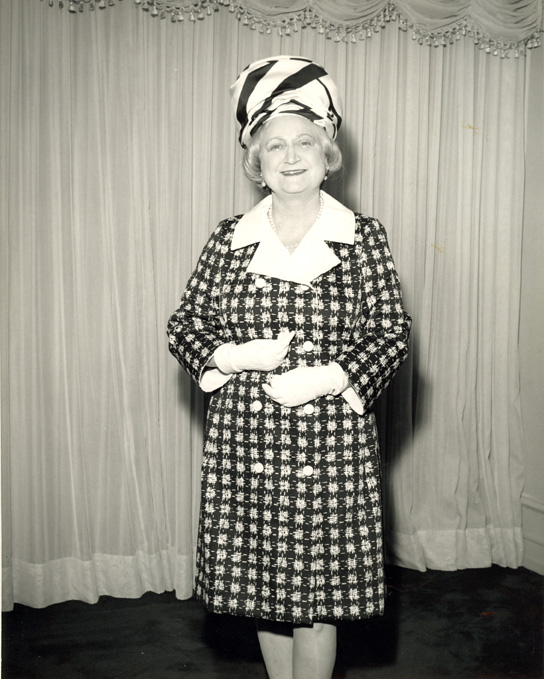By Janice Schulz
If you contact ARB with records management inquiries in the next few months you will be greeted by a familiar, but perhaps surprising, presence. To smooth the transition, Janice Schulz, former Records Manager and Archives Specialist, is back to help out with records management in a temporary role while a full-time replacement is sought.
In the coming months Janice will be offering an Introduction to Records Management workshop to familiarize staff in new records management roles with UC’s policies and procedures. Dates and times of the workshops will be announced on the Records Management Listserv and on the ARB Blog. Janice is also available for individual and departmental meetings.
For records management inquiries, please contact us using the following methods:
Email: schulz.janice.rm@gmail.com or archives@ucmail.uc.edu
Phone: 556-1958 or 556-1959
Campus Mail: ML 0113
Web: http://www.libraries.uc.edu/libraries/arb/records_management/index.html
Please note: ARB has no fax


